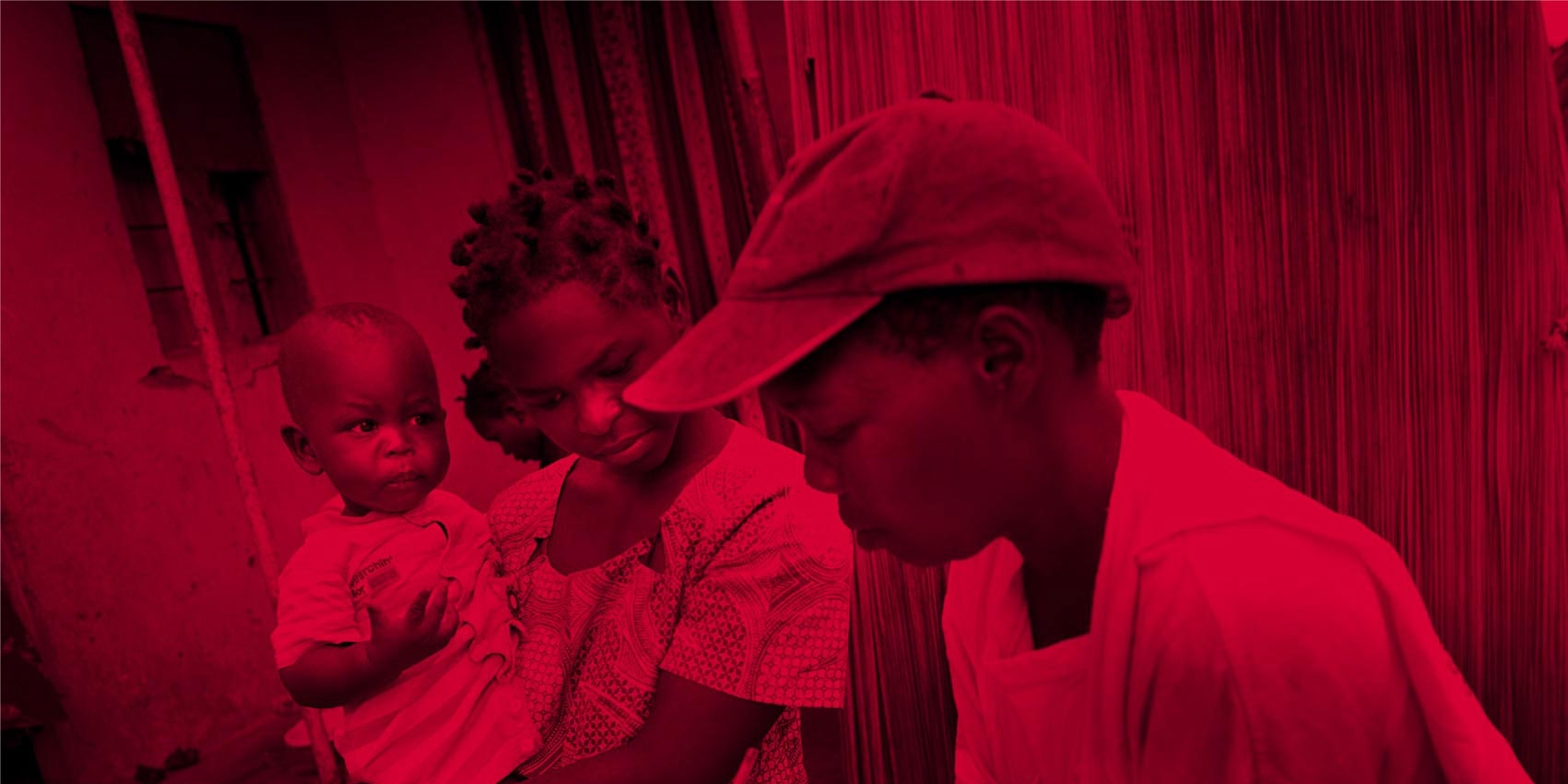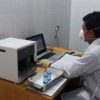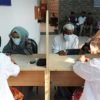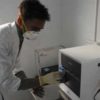08 Jul • Bangladesh
[vc_row css_animation=”” row_type=”row” use_row_as_full_screen_section=”no” type=”full_width” angled_section=”no” text_align=”left” background_image_as_pattern=”without_pattern”][vc_column][vc_tabs style=”boxed”][vc_tab title=”Updates from the Field” tab_id=”d7df0140-7e56-8″]
Bangladesh: BRAC targets missing people with TB thanks to 62 TB Diagnostic Centers
From their establishment in January 2018 to December 2018, the 62 TDCs have screened a total of 557,747 people with presumptive TB.
08 April, 2019Bangladesh: icddr,b develops model to involve private sector in TB detection through specialized screening centers
Each screening center is equipped with digital X-ray and GeneXpert systems that offer low-cost, high-quality exams.
03 December, 2018Bangladesh: BRAC screens more than 120,000 people in 5 months using modern diagnostic tool
BRAC is implementing the Public-Private Mix (PPM) approach to ensure enhanced partner coordination and to encourage collaboration of efforts to find more of the country’s missing people with TB.
01 July, 2018
To find more of its missing people with TB, Bangladesh is implementing community-based case finding activities in hard-to reach areas. The country is also implementing its new diagnostic algorithm in remotely located Upazilas, according to which chest x-ray (where available) is now routinely used as triage tool before GeneXpert as first diagnostic test (where available). Another priority area includes TB case finding activities that target specific risk groups, such as the urban poor, factory workers, garment workers, brickfield workers, miners, elderly people as well as pregnant women. Bangladesh is also expanding coverage of functional diagnostic facilities with chest X-ray and GeneXpert to improve the diagnosis of smear-negative, pediatric TB as well as extra-pulmonary cases of tuberculosis.[/vc_column_text][/vc_column_inner][/vc_row_inner][/vc_tab][/vc_tabs][/vc_column][/vc_row]













